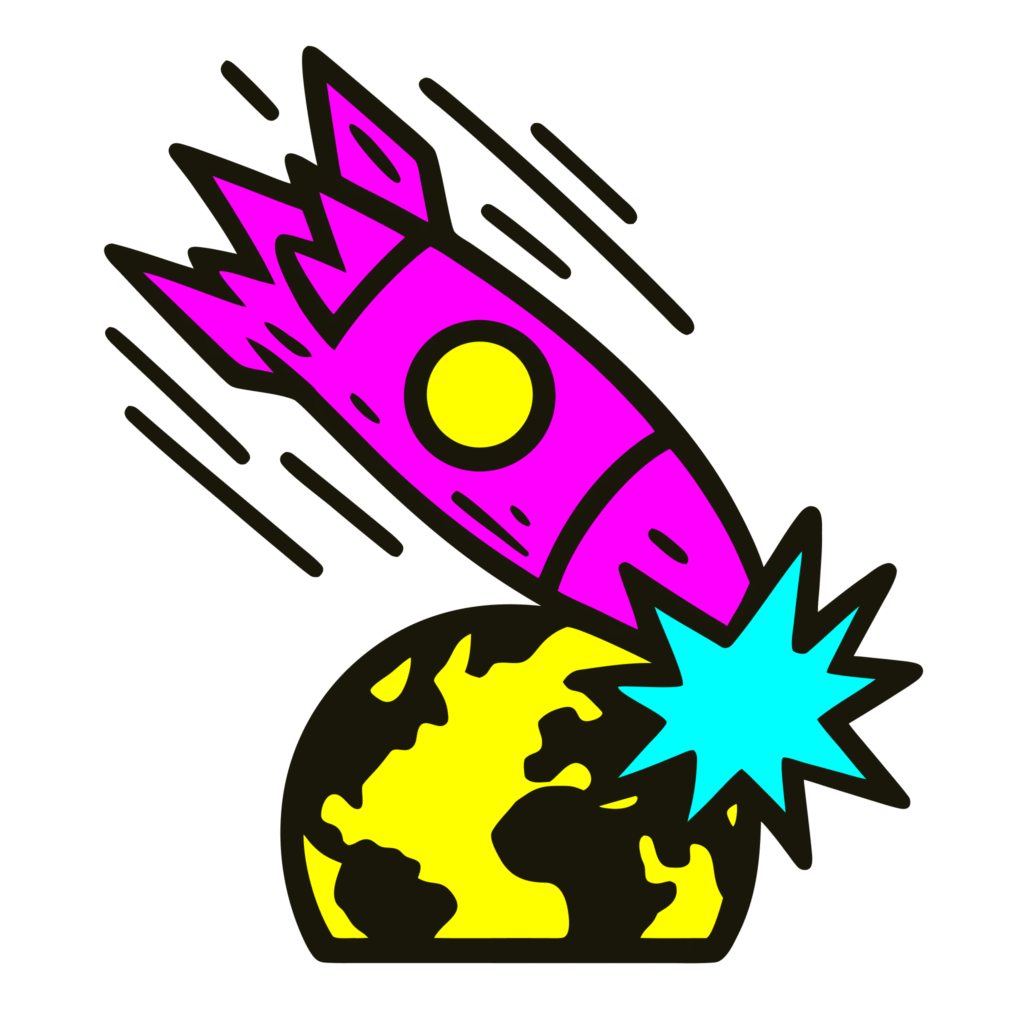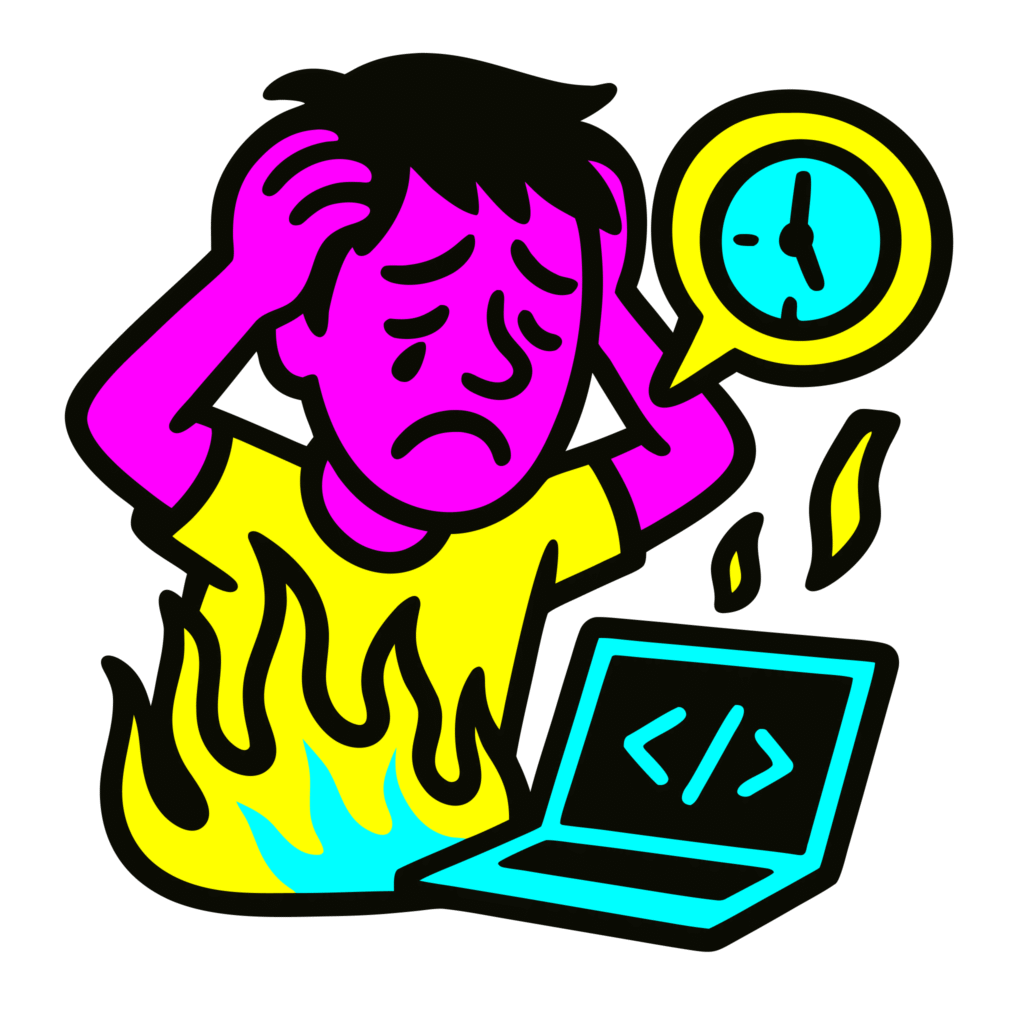Your cart is currently empty!
Leadership Consulting for Engineering Teams That Can’t Afford to Keep Failing
“We try and we try, but we just can’t meet anyone’s expectations on delivery..”
Your engineers are smart. Your team is grinding. But you’re still seen as the bottleneck. I help engineering leaders fix trust, align expectations, and get delivery moving again. Find out how.
Why strong engineering leadership still isn’t enough
Most engineering leaders were promoted because they’re great engineers—not because anyone taught them how to handle:
- Constant pressure to deliver more, faster
- Confused or angry stakeholders
- Teams that are smart, tired, and quietly losing motivation
So you grind and grind and grind, but still get tagged as a “non-delivering” or “failing” team.
You explain and explain, but no one listens. The goalposts keep moving. Expectations are unclear or flat-out unrealistic.
If that feels familiar, my leadership support for software engineering teams can help.
Feel familiar, I can help.. Book a Free Call

What’s actually going wrong?

From working with engineering leaders and teams, the same three root causes keep showing up.
1. A trust problem
Low trust inside or around your team quietly poisons everything: communication, motivation, and engagement. Once trust erodes, even good decisions get second-guessed and every delay feels like proof that “engineering is the bottleneck.”
2. Misaligned expectations
Tell everyone in a room to imagine “a fish,” and they’ll all picture something different. Now apply that to “MVP,” “done”, or “this feature is simple”.
If you don’t align expectations between engineering managers, engineers, and stakeholders, you’ll get surprises, rework, and arguments instead of delivery.
3. Missing motivation
Very few engineers started coding to “maximise shareholder value.” But that’s often what they’re told their work is for.
If you don’t understand what really drives your team—and how to map that to the business reality—you’ll see burnout, quiet quitting, and teams doing the bare minimum instead of pushing for excellent results.
How my leadership consulting for engineering teams works
Every team is different, but the process usually follows four simple steps.
Step 0: Analysis & Buy-In
We start by understanding what’s going on—and getting everyone to agree that change is needed.
I’ll meet with you and key stakeholders (product, CTO, VP, etc.) to define clear, measurable goals for your engineering team and align on what “good” actually looks like.
This is not a blame game. It’s about agreeing on what success is, then finding a path to get there.
Example inputs
- Kick-off call with stakeholders
- Goal-setting with the stakeholder and team lead
- 1:1 and team intros plus individual kick-offs
Example outputs
- Project goals are clearly defined and documented
- Initial buy-in from stakeholders and the team lead
Step 1: Rebuilding Trust
Trust is the foundation of every high-performing engineering team. Without it, every delivery conversation turns into a fight.
We’ll run a trust-building process that challenges the whole team (and their stakeholders) to examine where trust is low and what needs to change.
Example inputs
- Trust-building workshop
- Group feedback session
Example outputs
- A baseline measure of trust within the team
- A practical plan to build and maintain trust over time
Step 2: Aligning Expectations
Next, we make sure everyone is picturing the same fish.
We’ll run an expectations-alignment session so the team understands stakeholder expectations, and stakeholders understand what the team actually needs to succeed. Together, we’ll define a shared definition of success for your engineering team.
Example inputs
- Goals review and commit session
Example outputs
- Fully agreed and committed goals
- Clear, written definitions of success and “done”
Step 3: Unlocking Motivation
You can have clear goals and great trust and still hit one big wall: nobody actually wants to run at the goal, or they don’t believe it’s possible.
We’ll map the team’s internal motivations, connect them to business goals, and create a path with a few quick wins to build momentum and confidence.
Example inputs
- Lightning Decision Jam
- Shared motivations session
Example outputs
- Quick delivery wins that boost confidence and motivation
- A shared motivation agreement that the team can refer back to
Step 4: Deliver, Review, Repeat
Once the foundations are in place, we focus on sustainable delivery.
I’ll stay involved long enough to support you through the bumps: coaching you as the engineering leader, checking in with the team, and helping stakeholders adjust how they work with engineering.
Example inputs
- Regular check-ins with the stakeholder and team lead
- 1:1 coaching for the engineering manager or tech lead
- Periodic “skip-level” check-ins with the team (without the lead)
Example outputs
- Measurable delivery against the agreed goals
- Better communication between engineering and stakeholders
- A healthier, more resilient engineering culture
Fix your “unfixable” engineering team
If you’re ready to give your team a real chance to succeed, let’s talk.
We’ll look at your situation, your team, and whether this kind of leadership consulting for engineering teams is the right lever to pull.
Or, if you prefer, Contact me to ask questions first.